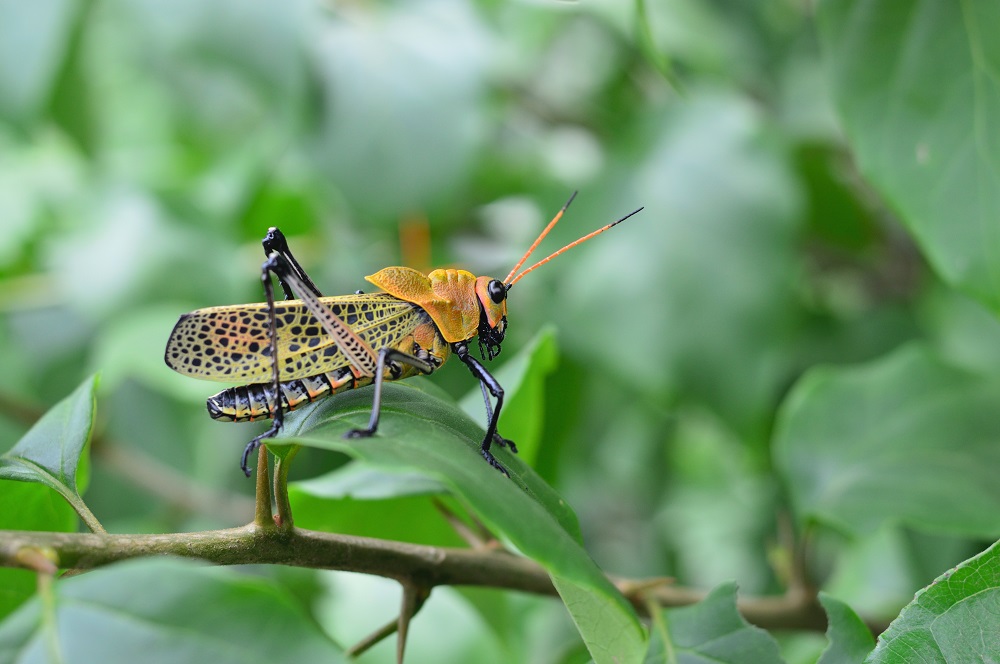Dealing with Common Lawn Pests and Diseases: Prevention and Treatment

Maintaining a healthy and vibrant lawn requires more than just regular watering and mowing. It also involves protecting your lawn from common pests and diseases that can damage or destroy your grass. By understanding the signs, causes, and prevention methods of common lawn pests and diseases, you can effectively manage and treat these issues. In this article, we will explore a range of preventive measures and treatment strategies to help you deal with common lawn pests and diseases, ensuring a lush and thriving outdoor space.
1. Identifying Common Lawn Pests
To effectively address lawn pest issues, it is essential to identify the culprit. Common lawn pests include grubs, chinch bugs, armyworms, and sod webworms. Each pest has unique characteristics, feeding habits, and signs of infestation. By closely inspecting your lawn for damaged areas, brown patches, or telltale signs of pest activity, such as chewed grass blades or surface tunneling, you can narrow down the pest responsible. Proper identification is crucial for implementing the appropriate treatment and prevention strategies.
2. Prevention Methods for Lawn Pests
Prevention is the first line of defense against lawn pests. Implementing proper cultural practices, such as regular mowing at the appropriate height and adequate watering, promotes a healthy lawn that is more resistant to pest damage. Maintaining proper soil fertility and pH levels through regular soil testing and appropriate fertilization helps strengthen the grass and improve its ability to withstand pest pressure. Additionally, overseeding with pest-resistant grass varieties and avoiding excessive thatch buildup are effective preventive measures. By creating unfavorable conditions for pests and promoting a robust lawn, you can minimize the risk of infestation.
3. Treatment Strategies for Lawn Pests
When lawn pests have already infested your lawn, prompt treatment is necessary to prevent further damage. Depending on the specific pest, treatment options may include targeted insecticide applications, nematode treatments, or cultural practices like dethatching or aerating to disrupt pest habitats. It is important to carefully follow label instructions and use appropriate products to ensure effective control while minimizing environmental impact. Integrated pest management (IPM) approaches, which combine multiple control methods, can provide comprehensive and long-term pest management solutions.
4. Common Lawn Diseases and Their Causes
Lawn diseases can manifest as fungal, bacterial, or viral infections, causing discoloration, wilting, or unusual growth patterns in grass. Common lawn diseases include brown patch, dollar spot, powdery mildew, and rust. These diseases often thrive under specific environmental conditions, such as excessive moisture, poor air circulation, or nutrient imbalances. Understanding the causes and conditions favorable to each disease helps in prevention and treatment strategies.
5. Preventive Measures for Lawn Diseases
Preventing lawn diseases involves implementing proper cultural practices and maintaining optimal growing conditions for your grass. Avoid overwatering, as excessive moisture creates a favorable environment for disease development. Promote good air circulation by avoiding dense thatch buildup and proper spacing of trees and shrubs. Regular soil testing and appropriate fertilization help maintain balanced nutrient levels that support healthy grass growth. Resistant grass varieties and overseeding with disease-resistant cultivars can also minimize the risk of disease occurrence.
6. Treatment Options for Lawn Diseases
When faced with lawn diseases, targeted treatment measures can help control and eliminate the problem. Fungicides and bactericides may be necessary to address severe infections, but they should be used judiciously and in accordance with label instructions. Cultural practices like regular mowing at the correct height, proper watering techniques, and removing diseased plant material can aid in disease management. Increasing sunlight penetration and improving soil drainage can also discourage disease development. It is important to note that early detection and prompt treatment are key to preventing the spread of diseases and minimizing damage to your lawn.
7. Integrated Pest and Disease Management
Integrated pest and disease management (IPM) is an approach that combines various preventive measures and treatment strategies to effectively manage lawn pests and diseases. By implementing IPM principles, you can minimize reliance on chemical treatments and promote long-term sustainability. IPM involves regular monitoring of your lawn for signs of pests or diseases, early intervention when issues arise, and the use of multiple control methods, such as cultural practices, biological controls, and targeted treatments. This holistic approach aims to strike a balance between controlling pests and diseases while maintaining a healthy and resilient lawn ecosystem.
8. Professional Assistance
In some cases, it may be necessary to seek professional assistance for severe pest infestations or persistent lawn disease issues. Lawn care professionals have the expertise and experience to accurately diagnose the problem, recommend appropriate treatment methods, and provide ongoing maintenance to restore the health and vitality of your lawn. They can also offer valuable advice on preventive measures and help you develop a customized lawn care plan. Consulting with a professional can save you time, effort, and potential frustration in effectively dealing with lawn pests and diseases.
Dealing with common lawn pests and diseases requires a proactive and comprehensive approach. By understanding the signs, causes, and prevention methods of pests and diseases, you can effectively protect and maintain a healthy lawn. Implementing preventive measures, such as proper lawn care practices and creating unfavorable conditions for pests and diseases, is key to minimizing their impact. Timely and targeted treatment strategies, along with integrated pest and disease management approaches, can help address existing issues. When necessary, don’t hesitate to seek professional assistance to ensure the long-term health and beauty of your lawn.
Generated by Chat GPT